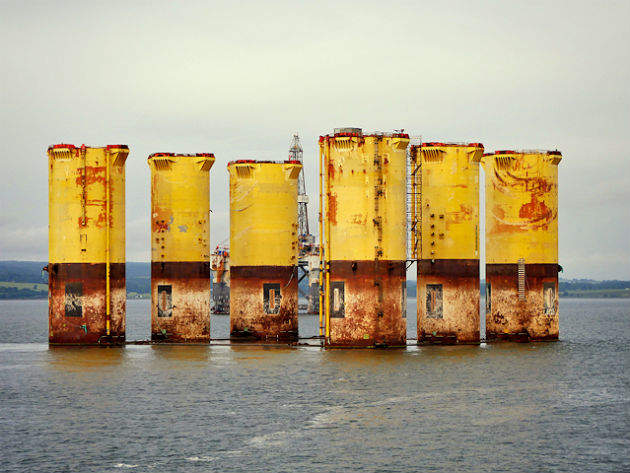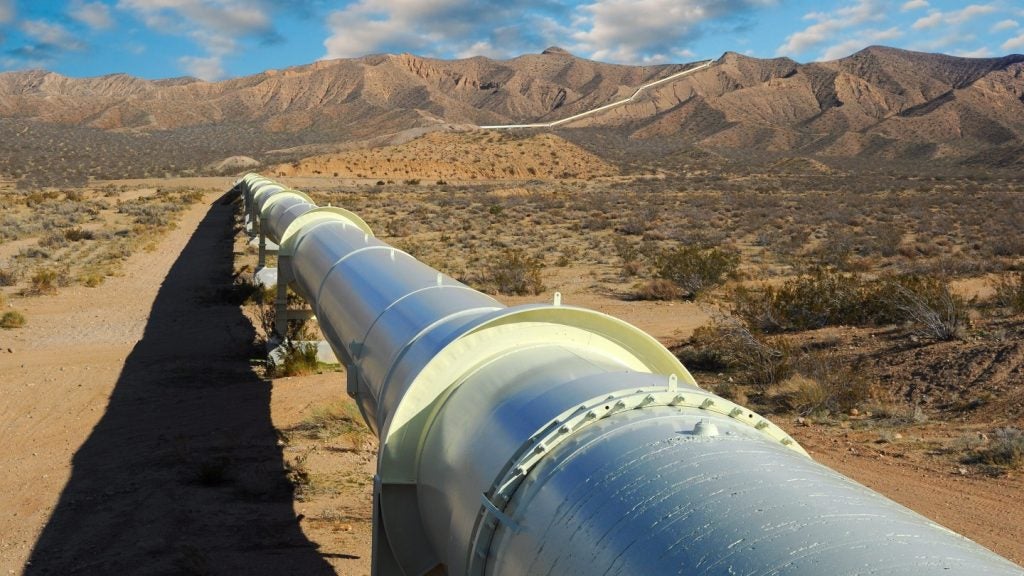
A significant number of projects in the North Sea are approaching the end of their life cycle, as the basin has matured and the oil price crash has made production uneconomical in many cases, and large-scale decommissioning is beginning to take place.
Decommissioning is the fastest-growing activity in the North Sea oil and gas sector, with more than 100 platforms due to shut down before 2025. This will include more than 1,800 wells and 7,500km of pipeline being decommissioned at great expense to both the companies involved and the UK Government.
The basin has matured and the oil crash has made production uneconomical in many cases. However, decommissioning on this scale will be challenging and problems are already arising. Not only is it extremely expensive, with estimates for the decommissioning of the North Sea ranging from £50bn to £100bn, but the lengthy process also poses environmental challenges.
Due to regulations introduced in 1998 in the OSPAR convention, oil companies can no longer abandon their platforms but instead must fully remove them. But can an installation ever be removed without a trace, and if so, is this actually the best option?
Leaving legs behind
One of the first major decommissioning projects in the North Sea will be the removal of the Brent platforms owned by Royal Dutch Shell. But instead of removing the entire platforms, Shell has sought an exemption from OSPAR that would allow it to abandon the platform legs, 64 storage tanks and oil-contaminated drill cuttings.
The legs on three platforms are constructed on concrete and steel, and weigh 300,000 tonnes each, presenting logistical difficulties for their removal. This raises the question whether it would be better for the environment to leave the legs behind. Shell argues it is, claiming that the platforms were built quickly and without considering decommissioning, unlike many platforms which were always designed to be removed. The company therefore proposes that instead of disrupting the surrounding environment, the legs should be left jutting out of the water as navigational tools for fishermen.
How well do you really know your competitors?
Access the most comprehensive Company Profiles on the market, powered by GlobalData. Save hours of research. Gain competitive edge.

Thank you!
Your download email will arrive shortly
Not ready to buy yet? Download a free sample
We are confident about the unique quality of our Company Profiles. However, we want you to make the most beneficial decision for your business, so we offer a free sample that you can download by submitting the below form
By GlobalDataNot everyone agrees with Shell’s assessment, however. WWF Scotland has criticised the company’s approach, arguing it is grounded in economics instead of environmental concern. “Oil and gas companies operating in the North Sea have a legal, as well as moral, obligation to clean up their mess,” WWF Scotland director Lang Banks said. “Having once pushed the boundaries of science and engineering to secure the oil and gas beneath the seabed, the industry should show the same innovation when it comes to decommissioning.”
While Shell’s Brent field is by no means the first decommissioning project in the North Sea, it is one of the largest, and therefore has highlighted many of the challenges. Decommissioning technology has vastly improved in recent years, and ships have been designed to carry entire topsides of platforms to shore for dismantling. Shell will use one such vessel to remove the 24,000-tonne topsides of the Brent platforms. But despite these advances, decommissioning is not an easy process, and environmental dangers are ever-present.
The dangers of decommissioning
Complete decommissioning comes with potential environmental hazards. Over the years oil platforms become part of the environment around them, often providing breeding grounds for fisheries. “In some locations, platforms may provide much or all of the adult fishes of some heavily-fished species and this contributes disproportionately to those species’ larval production,” says a study on underwater ecosystems conducted by the University of California, Santa Barbara.
An important aspect of complete decommissioning to consider is the removal of rocks dumped on the seafloor for the purpose of levelling the ground or protecting and insulating subsea pipes. “Rock dump can be a significant input into protected sediment habitats (including sandbanks) and at present proposed decommissioning works are resulting in larger post-decommissioning footprints than the infrastructure footprints during operation,” a Joint Nature Conservation Committee report noted in September 2016.
Not only can decommissioning damage ecosystems; it also has broader environmental effects. Decommissioning requires tugs and barges which create a vast amount of CO2 to transport the rig to shore. Once onshore, due to the wear the platform and legs have sustained, a lot of the metal is unsuitable for recycling, and therefore is simply broken down and taken to a landfill along with the concrete and other elements of the rig.
It seems clear that an overzealous removal of all aspects of a rig can itself cause damage, but abandoning the platform entirely can be just as bad. Predominantly the dangers of lax platform abandonment revolve around the possibility of an oil leak, as although the wells are always plugged during decommissioning, these plugs can erode or be pushed out by changes in pressure. There are fewer dangers associated with the platforms themselves; although they will erode over time, their remote location ensures this is of little consequence.
Rigs-to-Reefs
In other parts of the world, where fields have already matured, alternatives to complete decommissioning have been used. Arguably the most successful alternative has been the Rigs-to-Reefs technique, which leaves some of the rig to become an artificial reef, providing a habitat for wildlife. Rigs-to-Reefs Exploration, a company which specialises in the technique, describes the approach: “Through this decommissioning process, the oil well is capped and the upper 85 feet of the platform is either towed, toppled in place, or removed.”
Rigs-to-Reefs has already been used off the coast of California, where the large remaining structures were shown to provide viable habitats for marine animals. Not all platforms are suitable, and a full ecological survey is required before a rig can be considered. However, in cases where the approach is suitable, these abandoned rigs can become part of the ecosystems and save the company and the tax payer money, as Rigs-to-Reefs Exploration claims it costs less than a fifth of full removal.
Elsewhere, abandoned rigs have been put to use as hotels and resorts. Off the coast of Malaysia the SeaAdventures centre is an old oil rig converted into a 25-room hotel and diving school. This is one of the most successful examples of reuse, but other suggestions have also been made, ranging from luxury hotels to high-security prisons.
While it seems clear that complete removal is not always the most environmentally efficient option for an oil rig, there is often no alternative. Reuse of rigs, either as reefs or otherwise, depends on location and suitability. Furthermore the sheer number of rigs facing decommissioning means not all of them can find an alternative purpose in the future.
Ultimately there is no hard-and-fast rule about which level of decommissioning is best for a rig, as it depends largely on the location and environment. But it seems sensible to consider the alternatives before the complete removal process of a platform is set in motion.







